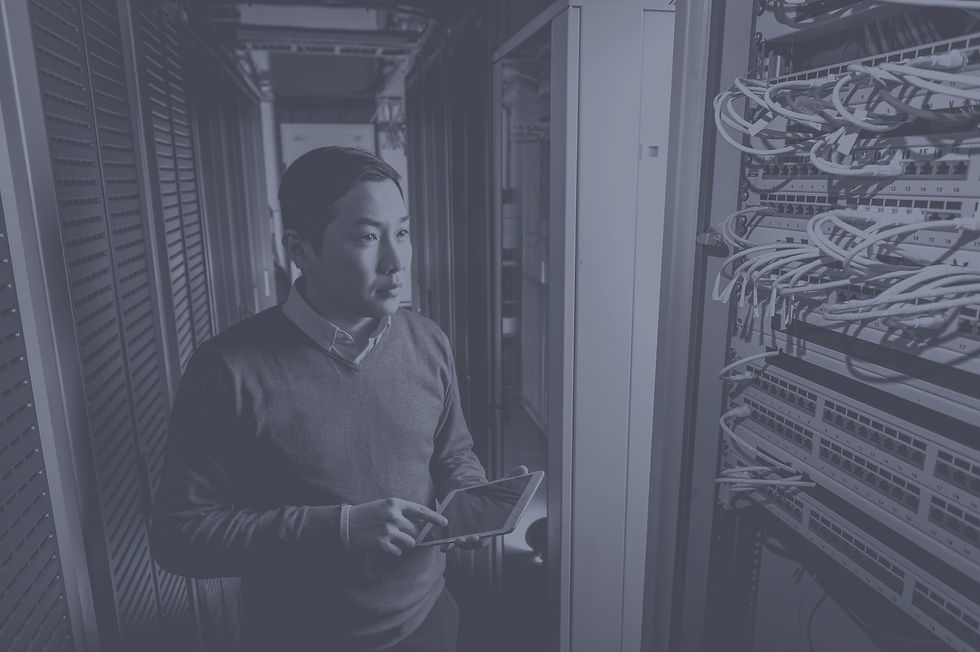
GenAI Sustainability
Data Center Energy & Carbon
GenAI Sustainability Cut Energy & Carbon, Keep Performance
We right-size models, increase GPU utilization, and optimize cooling and power mix to make GenAI cheaper, faster, and greener without losing accuracy or SLAs. Key challenges include low GPU use, oversized models, high energy intensity, limited per-model visibility, and frequent hardware refresh driving carbon and e-waste.
Sustainable AI Solutions In Action
Model & pipeline efficiency
Distillation, quantization (INT8/FP8), pruning/sparsity, LoRA; mixed precision; prompt/token limits; RAG to avoid retraining; speculative decoding & KV-cache sharing.
Platform & facilities
High-efficiency accelerators; liquid cooling/rear-door HEX; storage tiering & dedupe; network locality to cut cross-region hops; heat reuse programs
Governance & measurement (GreenOps + FinOps)
Per-model dashboards for $/1k tokens, kWh/1k tokens, tCO₂e/1k tokens; DCIM integration; GHG-aligned accounting; policy gates in LLMOps/MLOps.
Utilization & scheduling
Autoscale inference; batch windows; consolidation; carbon-aware scheduling (shift non-urgent training to low-CI hours/regions); checkpointing on spot/preemptible.
Power & carbon strategy
Renewables via PPAs/RECs; on-site solar + battery where feasible; grid-interactive UPS; demand response.

Your GenAI, Optimized
01
Energy & Carbon Baseline, by workload, model, region
02
Optimization Plan, prioritized levers with ROI/TCO + carbon impact
03
Guardrails & Runbooks, cost/latency/quality trade-off playbooks
04
GreenOps Dashboard, live PUE, WUE, CUE, utilization, $/kWh, tCO₂e per model
05
Pilot Implementation, use cases a production copilot or RAG service)
06
Executive Brief, business case, roadmap, and governance recommendations
TIMELINE

BUSINESS IMPACT
01
Cost: 10–30% infra & energy savings via model right-sizing, utilization, and scheduling
02
Performance: Lower latency & higher throughput from batching, caching, precision tuning
03
Compliance & risk: Reduced carbon exposure; cleaner ESG disclosures
04
Revenue & win-rate: Stronger position in sustainability-weighted RFPs; improved brand trust

We track the metrics that matter for sustainable GenAI performance. Power Usage Effectiveness (PUE) measures overall facility efficiency, with a target of under 1.3. Energy per run (kWh) captures the compute load based on average IT power, runtime, and utilization. Carbon per run (tCO₂e) reflects the emissions impact using grid carbon intensity. Cost per 1K tokens combines GPU time, energy use, and throughput to track efficiency at scale. We also monitor utilization, Water Usage Effectiveness (WUE), and Carbon Usage Effectiveness (CUE) as continuous guardrails for energy, water, and carbon efficiency.
